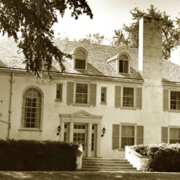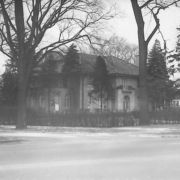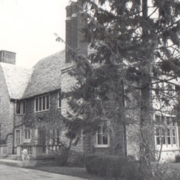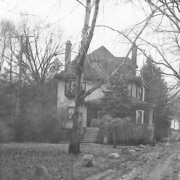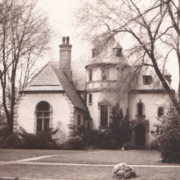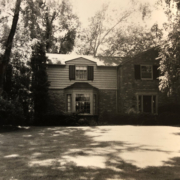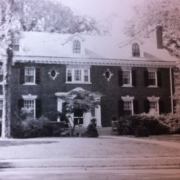Historical Architecture of Grosse Pointe – 16638 E Jefferson
Last week we concluded the story of 16710 E Jefferson. The two-part post was a recollection of memories from Jeff Farkas about his childhood home, published with Jeff’s permission. This week we head to one of neighboring properties to explore 16638 E Jefferson, “St. Dunstan”, originally built for Frank W. Eddy in 1911-12. In 1927, under the new ownership of John B. Ford Jr., (vice president of Wyandotte Chemical) the house underwent an extensive remodel to create the property we know today.
16638 E Jefferson is adjacent to what was the Leslie Gillette residence (16708 E Jefferson), and close to 16710 E Jefferson. The original property was a Victorian style home, built for Frank W. Eddy, a prominent businessman in Detroit who had made his fortune from chemical and rubber manufacturing. Mr. Eddy was also the first president of the Detroit Athletic Club in 1887. Image courtesy of Grosse Pointe Historical Society.
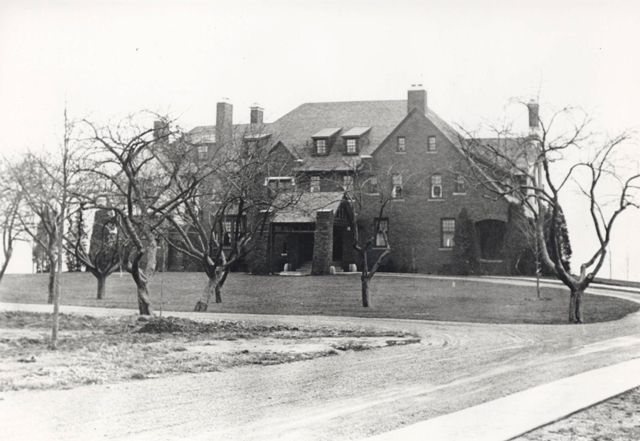
Named, “St. Dunstan”, the house was situated on the edge of the lake, on a huge lot. The architect responsible for creating this splendid home, was renowned designer John C. Scott. He was born in England in 1850, and as a child moved with his family to Windsor, Ontario before settling in Detroit. He then attended Boston Technical School to study architecture. Upon graduation, he went to work for his father, William Scott, at the family business. After his father retired, in 1889, John Scott partnered with architectural legend Louis Kamper and his brother Arthur Scott to create the firm of Scott, Kamper, and Scott. It is rumored John Scott hired a young Albert Kahn as an apprentice but let him go “because he didn’t think Kahn had a future as an architect. “
In 1902, John Scott completed possibly his greatest work, the Wayne County Courthouse, located at 600 Randolph St., Detroit. During this time, he also created several Victorian style homes in the affluent suburbs around the city, which included 16638 E Jefferson, one of his earliest commissions in Grosse Pointe. During this period, he also designed “Clairview” in 1913 (located at 575 Lake Shore Drive), and 354 Washington (1912).
Frank W. Eddy passed on June 12, 1914. It appears his widow, Florence T. Eddy, continued to reside at 16638 E Jefferson, until around 1927. It was around this time she commissioned a new home to be built at 2 Woodland Place. Completed in 1928, the Federal style property was designed by Robert O. Derrick. Meanwhile it appears 16638 E Jefferson was purchased by John B. Ford Jr.
Following his acquisition of the home John B. Ford Jr. set about making some dramatic changes. In 1927, following an extensive remodel 16638 E Jefferson became one of the largest homes in Grosse Pointe. Renowned architect Robert O. Derick was hired by Mr. Ford to redesign the home. Robert O. Derrick, along with Hugh T. Keyes, were not only exceptional architects, both men also had a stella reputation for adapting older homes to make them more suitable for modern living.
Upon completion the property was transformed into a 9,279 sq ft 11-bedroom residence. As the photo below demonstrates it was completely unrecognizable from the house that was designed for Frank W. Eddy, 15 years earlier. The first floor was altered to create a huge 27’ x 13’ sq ft foyer; a 22’ x 40’ sq ft living room, two libraries, two kitchens, a 24’ x 21’ sq ft dining room, a terrace room, along with a dining room for the servants. The 2nd floor was the location of six main bedrooms, while the third floor had a further five bedrooms for maids. The property also included a greenhouse and a sizable carriage house. Image courtesy of Michigan Architect and Engineer, 1931 and Grosse Pointe Historical Society. Overhead image courtesy of Googleearth.com.
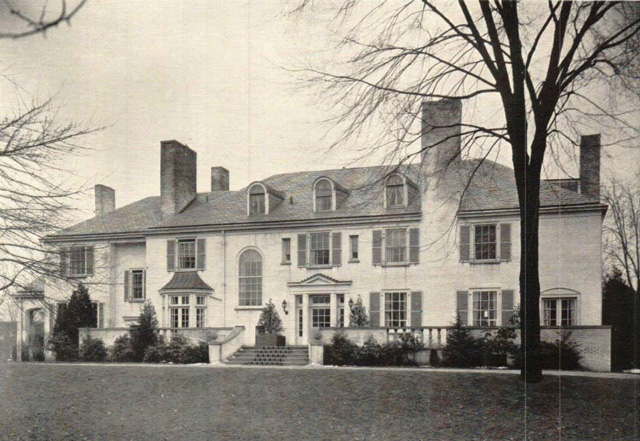
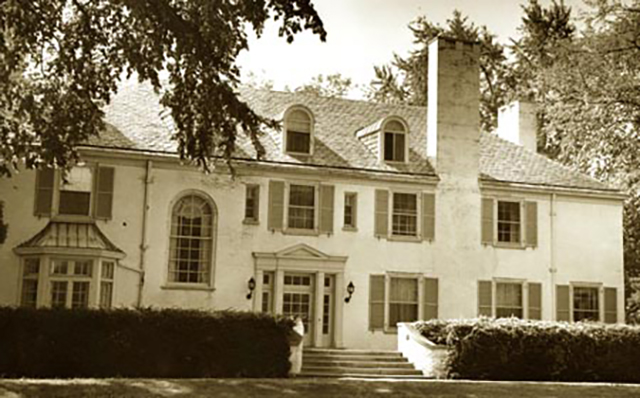

John B. Ford Jr. and his wife Katherine were married in Indianapolis in 1920, together they had two sons. After moving to Detroit, the couple became prominent members of society. Mr. Ford, aside from his successful business endeavors (board member of Wyandotte Chemicals, Parke, Davis & Co, and the National Bank of Detroit) was also president and director of the Detroit Symphony Orchestra for over 30 years. He and his wife are considered instrumental in the successful reorganization of the orchestra in 1951-52. Sadly, Katherine passed unexpectedly on May 31, 1953.
Aside for owning 16638 E Jefferson, it also appears Mr. Ford originally owned the adjoining residence, 16708 E Jefferson. Built in 1920, the small four-bedroom home was situated on a huge 40 x 1100 feet lot. In December 1949, Mr. Ford sold the property to Leslie Gillette for $24,000 (around $315,000 today). In 1963, part of the property was listed for sale by Mr. Gillette – the listing described it as “a small house on a prime lot adjacent to $200,000 properties ($2m in today’s market). There is nothing comparable in lake frontage in all of Grosse Pointe.”
Ultimately, the Gillette property was subdivided. Mr. Gillette was one of the three property owners who founded Jefferson Court (along with Don Farkas and John Cook) in 1977-78. Upon the transition 16708 became renumbered as 2 Jefferson Court and 16710 E Jefferson became 8 Jefferson Court. Around 2005 2 Jefferson Court was razed and a new home was constructed.
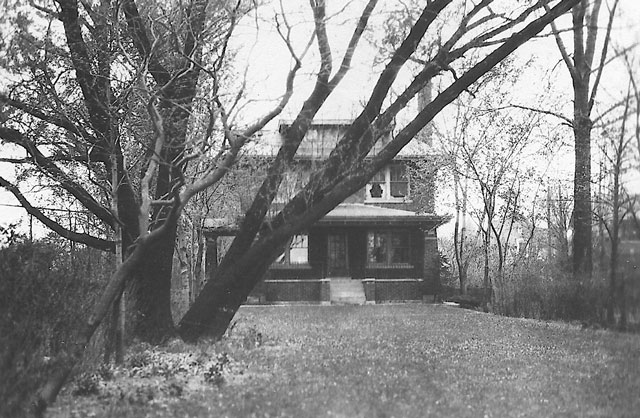
It appears Mr. Ford continued to reside at 16638 E Jefferson until his death on May 27, 1981. The property was then sold for the first time (in its remodeled state) in August 1984. Today it remains a stunning home, a one-of-a-kind estate on the shores of Lake St. Clair.
*Photos courtesy of the Higbie Maxon Agney archives unless stated.
** Research, information, and data sources are deemed reliable, but accuracy cannot be fully guaranteed.
Written by Katie Doelle
Copyright © 2024 Katie Doelle

